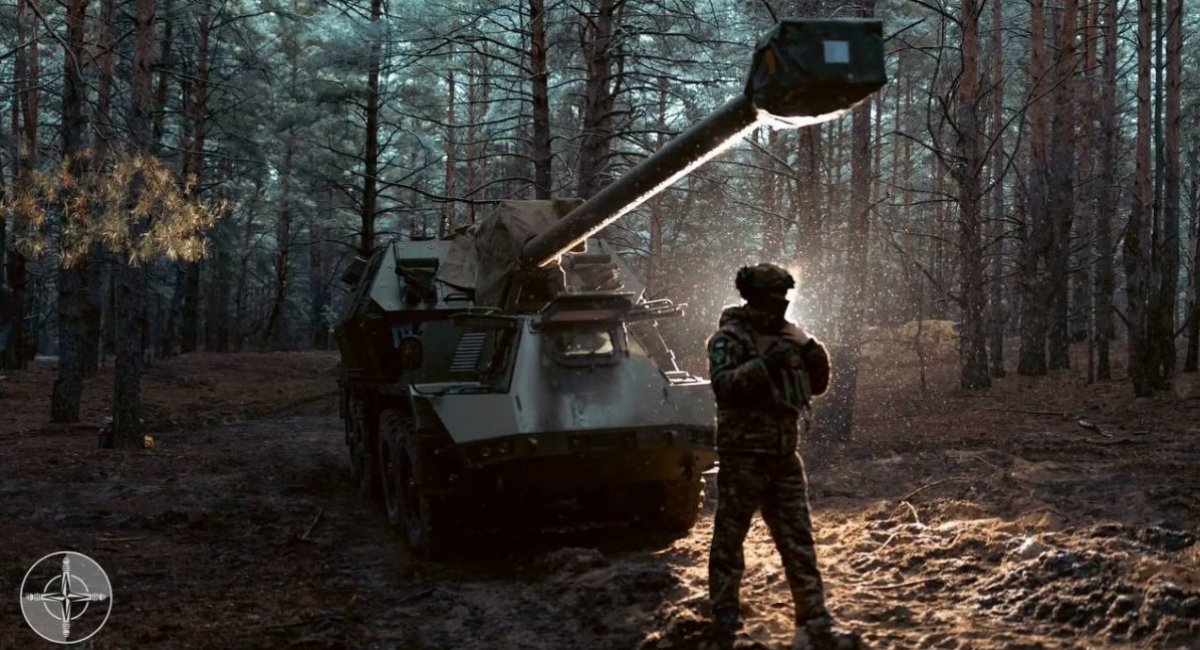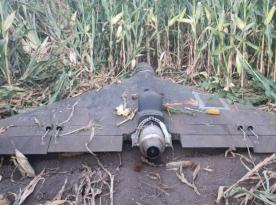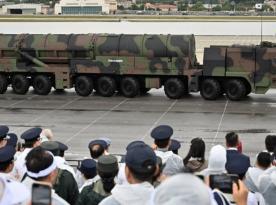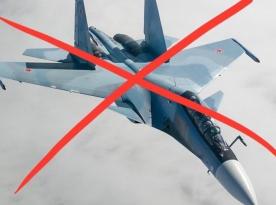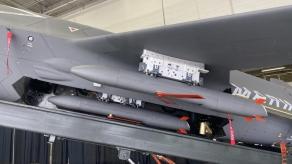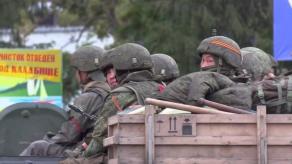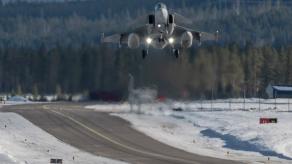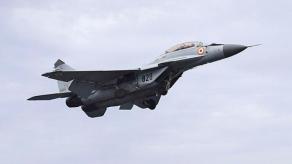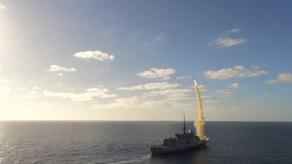Slovakia is reportedly preparing to end production of its 155 mm Zuzana 2 self-propelled howitzer, shifting resources toward the development and manufacturing of the newer Eva artillery system. According to Slovak outlet Denník N, the decision was influenced heavily by lessons from the russo-Ukrainian war, which has reshaped global demand for artillery systems and the limitations of older designs like Zuzana 2.
Sources cited by Denník N, along with remarks from Slovakia's defense minister, suggest that the war in Ukraine "killed" the Zuzana 2 system's chances on the international market. The reasoning is straightforward: modern buyers, observing the dynamics of high-intensity warfare in Ukraine, increasingly prefer lighter, more mobile, and highly automated systems that prioritize crew safety and rapid redeployment. The Zuzana 2, in contrast, keeps its crew positioned close to the gun module, increasing exposure to counter-battery fire.
Read more: Moscow's Innovation Backfires: Propaganda Footage Reveals Secret Yak-52 Base
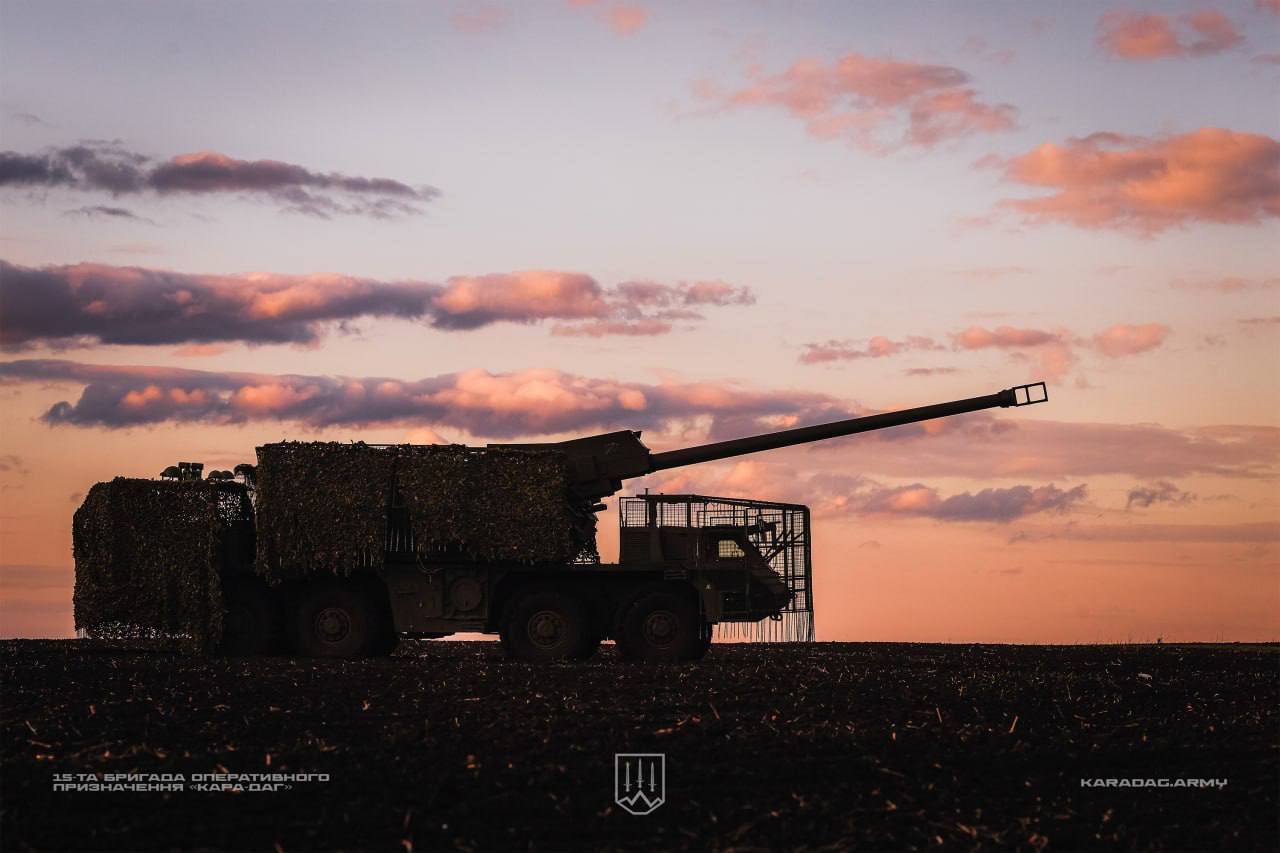
This evolution in market preference mirrors battlefield realities. Although fully automated howitzers remain rare, even in Ukraine, the most widespread systems are simpler, cost-effective designs like France's Caesar or Ukraine's Bohdana, both of which essentially mount conventional artillery pieces onto truck chassis. These systems sacrifice automation for production speed, affordability, and battlefield flexibility – key factors in a prolonged war.
Slovakia's own experience with the Zuzana 2 production also reflects the system's struggles. The Slovak government signed a deal in 2022 to supply 24 units to the Armed Forces of Ukraine, eight of which were delivered promptly from existing stocks. However, the remainder of the contract remains unfulfilled, suggesting that production has slowed to a near hand-built pace, comparable to, or even slower than, other high-end automated systems.
This sluggish output, combined with the system's high cost and complex maintenance requirements, has left the Zuzana 2 system stuck between two niches: too expensive and overengineered for countries seeking affordable artillery, yet not advanced enough to compete with next-generation, fully automated designs.
Ukrainian fighters reportedly provided feedback to Slovak engineers based on real battlefield experience, but Konštrukta Defense, the state-owned company behind the system, appears to have struggled to implement those lessons effectively.
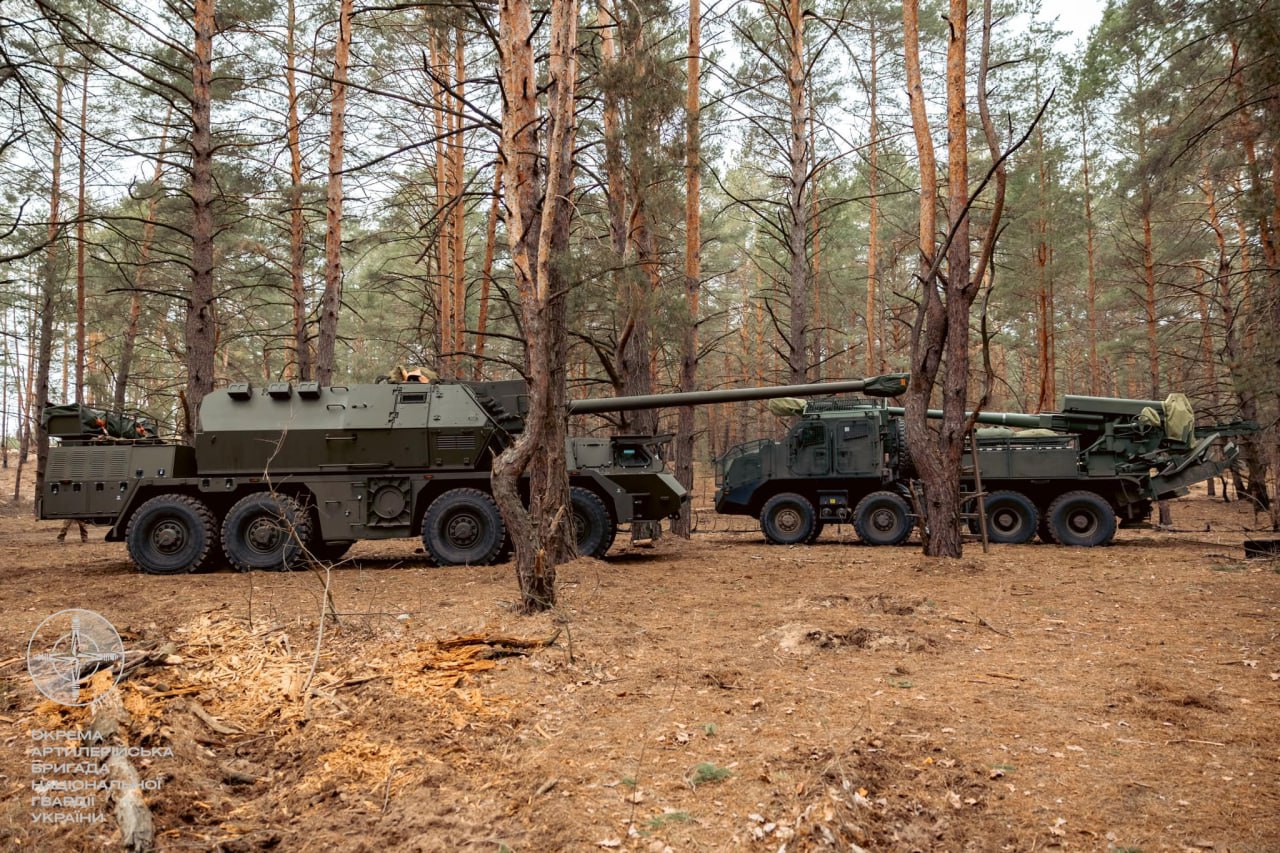
In response, Slovakia is turning its attention to the Eva system, a lighter, modular, and more flexible wheeled howitzer developed earlier by Konštrukta Defense. The company has also entered discussions with Ukraine's Kramatorsk Heavy Machine Tool Plant, part of the NAUDI group and the producer of the Bohdana howitzer, to explore joint production and design collaboration. Such cooperation could combine Slovak engineering experience with Ukraine's battlefield-proven design philosophy.
Still, it remains uncertain whether this shift will secure Slovakia a place in the highly competitive global artillery market. The Eva platform, particularly the Eva BIA variant, which reportedly won a procurement competition in Malaysia in 2024, demonstrates promise, but long-term success will depend on sustained production capacity, export support, and the ability to adapt to lessons learned from the Ukrainian front.
In the end, the story of the Zuzana 2 system illustrates how the war in Ukraine has reshaped the global arms industry, forcing even established European defense manufacturers to rethink traditional concepts of artillery design. Mobility, automation, and survivability, not size or complexity, have become the defining attributes of modern firepower.
Read more: UK Accelerates Drone Aid to Ukraine with 85,000 Systems Delivered and New Octopus Interceptor Partnership




